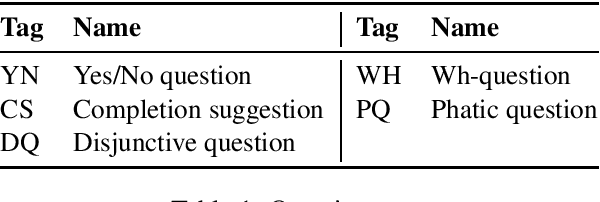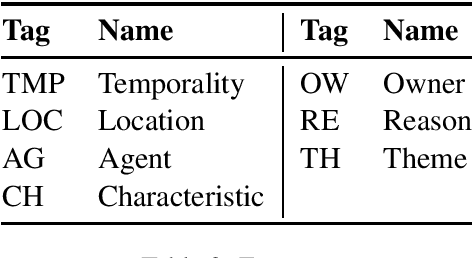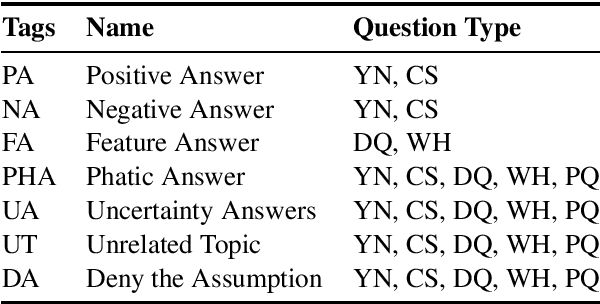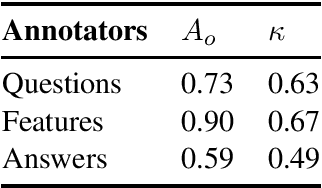Gosse Minnema
IDMC
Responsibility Perspective Transfer for Italian Femicide News
Jun 01, 2023Abstract:Different ways of linguistically expressing the same real-world event can lead to different perceptions of what happened. Previous work has shown that different descriptions of gender-based violence (GBV) influence the reader's perception of who is to blame for the violence, possibly reinforcing stereotypes which see the victim as partly responsible, too. As a contribution to raise awareness on perspective-based writing, and to facilitate access to alternative perspectives, we introduce the novel task of automatically rewriting GBV descriptions as a means to alter the perceived level of responsibility on the perpetrator. We present a quasi-parallel dataset of sentences with low and high perceived responsibility levels for the perpetrator, and experiment with unsupervised (mBART-based), zero-shot and few-shot (GPT3-based) methods for rewriting sentences. We evaluate our models using a questionnaire study and a suite of automatic metrics.
Dead or Murdered? Predicting Responsibility Perception in Femicide News Reports
Sep 24, 2022



Abstract:Different linguistic expressions can conceptualize the same event from different viewpoints by emphasizing certain participants over others. Here, we investigate a case where this has social consequences: how do linguistic expressions of gender-based violence (GBV) influence who we perceive as responsible? We build on previous psycholinguistic research in this area and conduct a large-scale perception survey of GBV descriptions automatically extracted from a corpus of Italian newspapers. We then train regression models that predict the salience of GBV participants with respect to different dimensions of perceived responsibility. Our best model (fine-tuned BERT) shows solid overall performance, with large differences between dimensions and participants: salient _focus_ is more predictable than salient _blame_, and perpetrators' salience is more predictable than victims' salience. Experiments with ridge regression models using different representations show that features based on linguistic theory similarly to word-based features. Overall, we show that different linguistic choices do trigger different perceptions of responsibility, and that such perceptions can be modelled automatically. This work can be a core instrument to raise awareness of the consequences of different perspectivizations in the general public and in news producers alike.
SOCIOFILLMORE: A Tool for Discovering Perspectives
Mar 07, 2022



Abstract:SOCIOFILLMORE is a multilingual tool which helps to bring to the fore the focus or the perspective that a text expresses in depicting an event. Our tool, whose rationale we also support through a large collection of human judgements, is theoretically grounded on frame semantics and cognitive linguistics, and implemented using the LOME frame semantic parser. We describe SOCIOFILLMORE's development and functionalities, show how non-NLP researchers can easily interact with the tool, and present some example case studies which are already incorporated in the system, together with the kind of analysis that can be visualised.
Kicktionary-LOME: A Domain-Specific Multilingual Frame Semantic Parsing Model for Football Language
Aug 12, 2021



Abstract:This technical report introduces an adapted version of the LOME frame semantic parsing model (Xia et al., EACL 2021) which is capable of automatically annotating texts according to the "Kicktionary" domain-specific framenet resource. Several methods for training a model even with limited available training data are proposed. While there are some challenges for evaluation related to the nature of the available annotations, preliminary results are very promising, with the best model reaching F1-scores of 0.83 (frame prediction) and 0.81 (semantic role prediction).
Toward Dialogue Modeling: A Semantic Annotation Scheme for Questions and Answers
Aug 23, 2019



Abstract:The present study proposes an annotation scheme for classifying the content and discourse contribution of question-answer pairs. We propose detailed guidelines for using the scheme and apply them to dialogues in English, Spanish, and Dutch. Finally, we report on initial machine learning experiments for automatic annotation.
 Add to Chrome
Add to Chrome Add to Firefox
Add to Firefox Add to Edge
Add to Edge